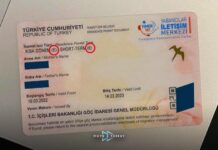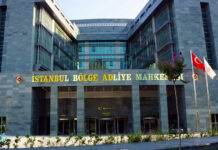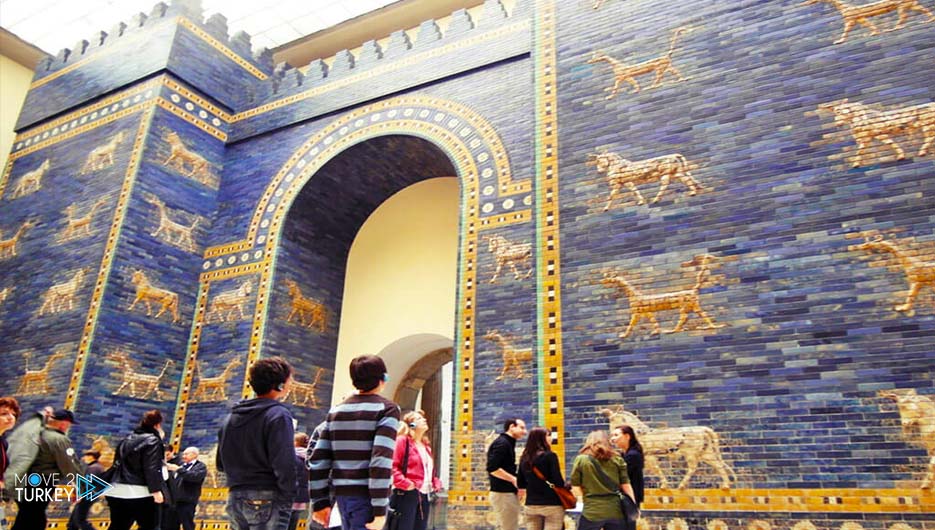
Istanbul’s Museum of Turkish and Islamic Arts contains a wonderful treasure trove.
By going to this museum you will be able to see many ancient and historical monuments closely in different categories.
-Advertisement-
In other words, Istanbul’s Museum of Turkish and Islamic Arts contains many secrets of the rich history of Turkey.
The city was under the rule of the Byzantine Empire for about two thousand years when it was called Constantinople.
After the end of the 1100-year-old Byzantine Empire, it was renamed Istanbul and became known as one of the most important cities in the region under the rule of the Ottoman Empire.
This shows that the city holds in its heart many historical secrets, which is why visiting Istanbul is one of the most popular choices for tourists around the world.
Inside Istanbul’s Museum of Turkish and Islamic Arts, you will find many Islamic calligraphy, tiles, carpets and many handicrafts.
Works of the museum date back to various antiquities.
In this way, you can imagine how time passed from Constantinople to present-day Istanbul.
Stay with us until the end of the article to learn about Istanbul’s Museum of Turkish and Islamic Arts.
-Advertisement-
History of the Museum of Turkish and Islamic Arts in Istanbul
The Museum of Turkish and Islamic Arts in Istanbul is one of the most amazing places that those interested in archeology shouldn’t miss! The museum building was built in 1524 AD.
The museum is located in the Ibrahim Pasha Palace in the Sultanahmet district, where Ibrahim Pasha was the vizier of Sultan Suleiman, and is a stunning attraction for anyone interested in Ottoman and Islamic art.
Ibrahim Pasha, the second vizier of Sultan Suleiman I, the tenth Ottoman king, and was a close friend and vizier of Sultan Suleiman.
He was captured by the Turks as a child in Greece and sold as a slave to the Ottoman Empire.
-Advertisement-
He worked as a messenger in Topkapi, where he became a friend of Sultan Suleiman, who was the same age, and when his friend became king he was given the position of chancellor.
Ibrahim Pasha was granted this palace a year before his marriage to Sultan Suleiman’s sister.
However this did not last too long, as Ibrahim Pasha’s wealth, power and influence over Sultan Suleiman increased.
To the extent that he aroused the envy of others, especially the jealousy of Sultan Suleiman’s wife Roxelana.
Where Roxelana convinced her husband Sultan Suleiman that Ibrahim Pasha is an enemy to him, and then the Sultan ordered his execution.
This museum is an important place where you will see amazing pieces of Turkish carpets, as well as exhibitions of ceramics, calligraphy and exhibitions of carved wood.
Ibrahim Pasha Palace, which history claims to be larger and more magnificent than Topkapi Palace, witnessed many weddings, festivals and celebrations as well as riots after the death of Minister Ibrahim Pasha.
In 1536 the palace was used by garrisons, an embassy palace, a registry office, a place for the Janissary army, a sewing workshop, and a prison.
-Advertisement-
Sections of the Istanbul’s Museum of Turkish and Islamic Arts
Carpet Section
The Carpet section, the richest collection of machine-made carpet art, is of particular interest and has made this museum known as the “Carpet Museum” for many years.
This museum contains the richest collection of carpets not only in Turkey but also in the world.
In addition, containing rare Seljuk carpets, prayer carpets, carpets decorated with images of animals, animal-shaped carpets from the 15th century, and carpets produced in Anatolia between the 15th & 17th centuries, it is called Holbein Carpet in the West, and it is inspired by geometric shapes.
The most valuable collection of carpets in the Museum of Turkish and Islamic Arts, is the Persian and Caucasian carpets, as well as calligraphy carpets.
This section is a must-see for those who love carpet art in the world.
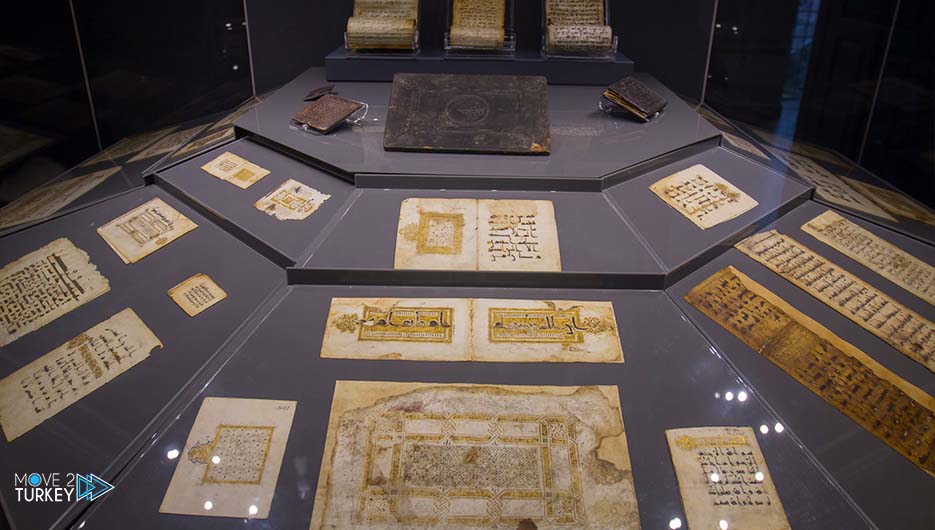
Calligraphy Section
The Qur’an forms a large part of the Turkish and Islamic Antiquities Museum’s writings from the seventh to the twentieth centuries, and it is from a wide geographical area in which Islam spread.
The museum collects many rare collections of calligraphic creations from different eras.
You will find collections from the era of the Umayyads, Abbasids, Egyptians, Syrians, Fatimids, Ayyubids, Mamluks, Turkmen, Seljuks, Timurids, Safavids, Anatolians and Ottomans everywhere.
-Advertisement-
The Istanbul’s Museum of Turkish and Islamic Art also contains books (some with pictures) written on different subjects, and they attract attention in terms of their writing style and their cover.
The Istanbul’s Museum of Turkish and Islamic Arts also includes decrees dating back to the Ottoman Empire, containing the signatures of the Ottoman sultans.
Each of which is a distinctive artwork that makes the Museum of Turkish and Islamic Arts one of the most important museums in the world.
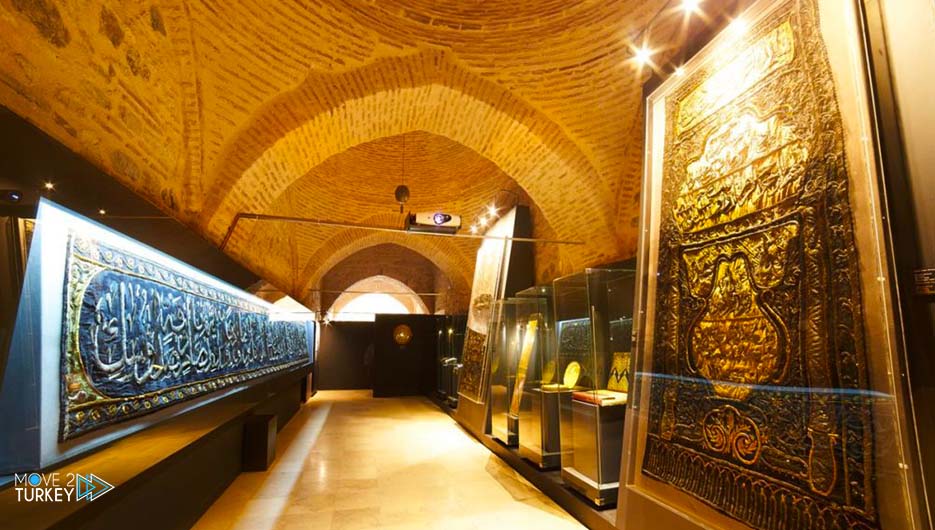
Woodworking Section
The most important parts of this collection are examples of Anatolian wood art of the ninth and tenth centuries, as well as the unique pieces left over from the Seljuks and Anatolia.
In addition, many distinctive works of pearl, ivory, and ornate woodwork that date back to the Ottoman era.
You will also find many unique examples of decorative arts of verses from the Qur’an.
-Advertisement-
Stone Arts Section
Stone artifacts date back to the Umayyads, the Abbasids, the Mamluks, the Seljuks, and the Ottoman era.
And some of them contain ornaments and some contain distinctive shapes.
You will find unique examples of stone art from the Seljuk period.
In addition to tombstones, the most important of which is the stele of Alexander the Great, which is very beautiful.
A variety of statues of Roman and Greek deities, and many different stone inscriptions.

Ceramic And Glass Section
In this collection of numerous ceramic works, found in excavations carried out between 1908 and 1914, the works of Samarra, Urka, Tell Hal and Kishan rank first.
You can see the early stages of ceramics and mosaic tile models, frescoes from the Anatolian and Seljuk periods.
And the decorations of the Konya Palace dynasty are another important part of the collection.
The ceramic samples end with ceramics dating back to the Ottoman period, and then the glass collection begins with examples of Islamic glass art in the ninth century and includes Mamluk candles from the fifteenth century.
In addition to examples of glass art from the Ottoman period.
-Advertisement-
Metal Arts ceramic
The collection of metal art in the Museum of Turkish and Islamic Arts is made up of unique examples belonging to the period of the Seljuk Empire.
In addition, works of Ottoman metal art that began in the sixteenth century and reached the nineteenth century.
It represents groups of silver and copper decorated with precious stones,and about 800,000 Ottoman coins.
Ethnography ceramic
The smaller part of the museum is displayed in this collection, which includes handmade carpets collected from different parts of Anatolia, as well as wool painting techniques, weaving and decorative artworks, regional clothing, household goods, and handicrafts.
Location of the Museum of Turkish and Islamic Arts in Istanbul
The Museum of Turkish and Islamic Arts is located in Sultanahmet Square in the Fatih district of Istanbul.
It is close to many of the city’s attractions.
Such as Hagia Sophia Mosque and Museum, The Blue Mosque, Topkapi Palace, Basilica Cistern and many more….









